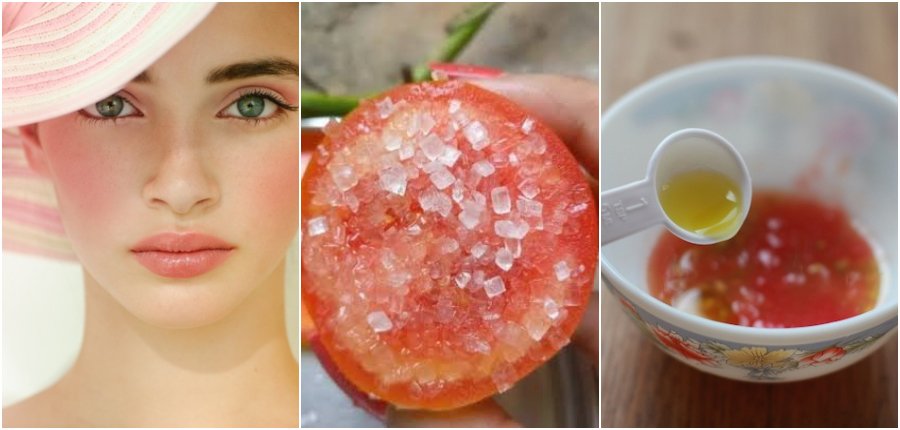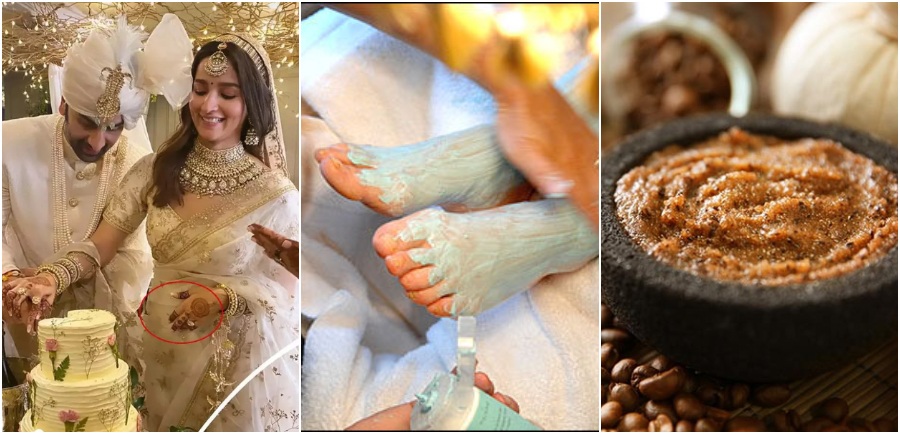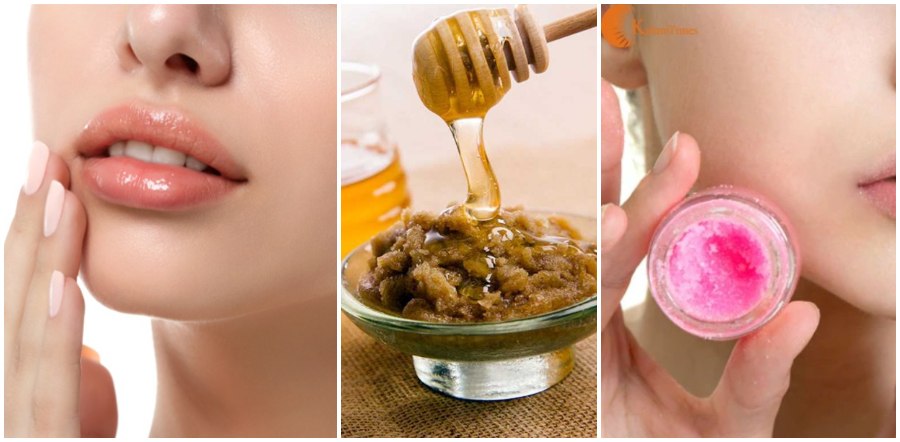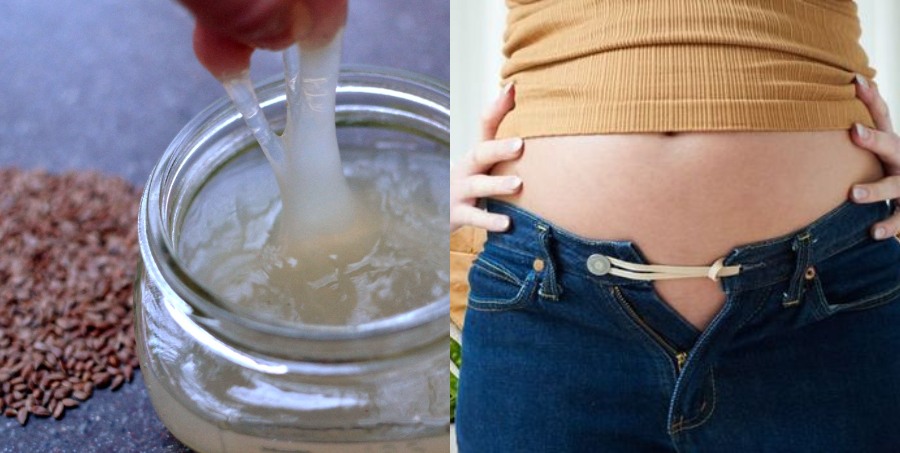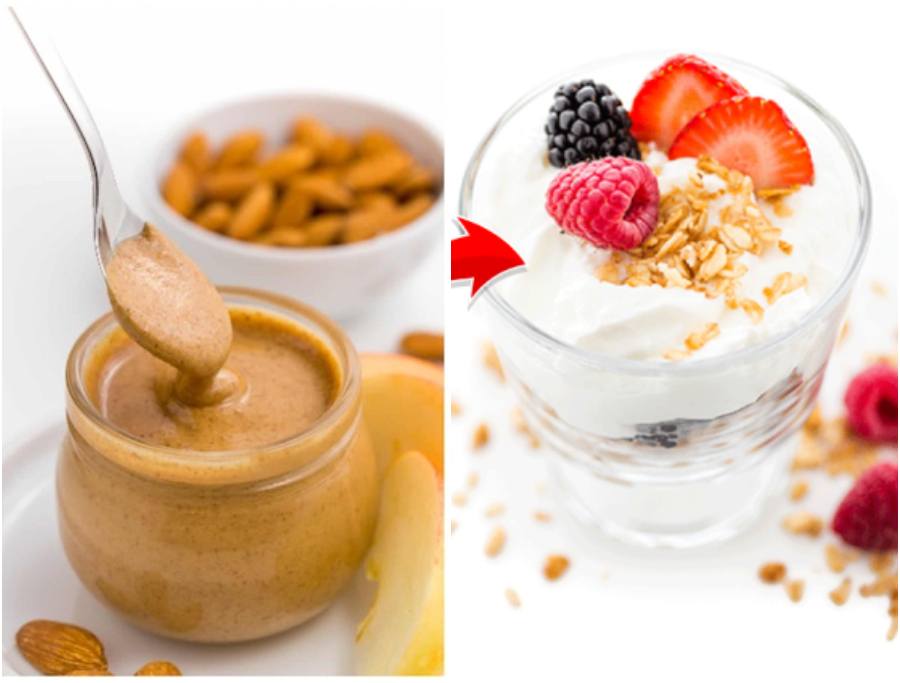Hyperpigmentation is a common skincare concern where dark patches and uneven pigmentation shows up on the skin due to excess melanin formation. Usually, hyperpigmentation takes place due to regular and unprotected exposure (skipping sunscreen) to harmful rays of the sun and is more common in women of color. Post-inflammatory reaction, certain allergic reactions, and hormonal imbalances can all cause hyperpigmentation. Melanocytes are what give your skin, hair, eye their color. In this post, we list out some of the best tyrosinase inhibitors that reduce the production of melanin and therefore are widely used in anti-hyperpigmentation skincare products.

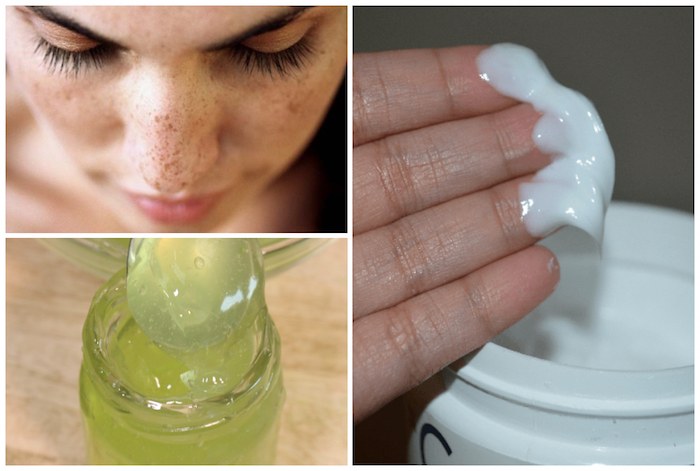
How Tyrosinase Influences Melanin Production?
Melanin is a pigment that is synthesized by melanocyte cells deep in the dermis layer. The frequency and amount at which melanocytes produce melanin is determined by the enzyme tyrosinase. Melanin synthesis takes place within melanosomes in melanocyte cells with the help of tyrosinase enzyme to protect your skin against UV damage. Tyrosinase oxidizes tyrosine (an amino acid) to create melanin. Melanosomes synthesize, store, and transport melanin pigment to the upper layers of the skin. To reduce and target hyperpigmentation, the products should aim at blocking melanin transfer and tyrosinase pathways. Tyrosinase inhibitors are also widely used as skin-lightening agents.
12 Tyrosinase Inhibitors that Reduce Hyperpigmentation:
1. Kojic Acid: Kojic acid is a skin lightening agent used extensively in skin lightening skin care products. It penetrates deep within skin layers and inhibits tyrosinase activity to reduce melanin production.

2. Ferulic Acid: Ferulic acid is an antioxidant that binds directly to the tyrosinase enzyme, inhibiting its activity, and slowing down the production of melanin. It also smoothes out fine lines and wrinkles too.
3. Quercetin: It is also an antioxidant, a flavonoid compound, which inhibits monophenolase and diphenolase activities of tyrosinase enzyme. A lot of citrus fruits, grapes, berries, apples, honey are rich sources of quercetin.
4. Licorice extract: Licorice or Glycyrrhiza glabra is actually the herbal root of the Glycyrrhiza plant and is used extensively used in skin-lightening products and helps to brighten up skin. It also has anti-microbial properties.
5. 4‐n-butylresorcinol: 4-n-butylresorcinol is a strong tyrosinase inhibitor and is a very skincare ingredient to inhibit melanin production.
6. Mulberry extract: This natural ingredient is extracted from mulberry leaves have strong tyrosinase inhibiting activity. It is probably the safest skin lightening agents.
7. Alpha arbutin: Extracted through plant sources such as cranberries, bearberries, it’s considered to be a good anti-hyperpigmentation agent that helps to clear dark spots without irritating the skin.
8. Retinoid: Retinoid is chemically related to vitamin A that regulates the cell growth. It helps in unclogging pores and preventing acne breakouts. It boosts up the collagen production that speeds up the cell renewal process and reduces the appearance of fine lines and wrinkles. When used consistently, retinoids can keep your skin clear and acne free, even out skin tone, reverse sun damage and pigmentation, improve wrinkles and mild scars and prevent premature aging. These factors along with the exfoliating properties, make retinoids the gold standard for acne and anti-aging treatments.
9. Azelaic Acid: Azelaic acid is one of the naturally occurring ingredients that is produced by skin’s microbiome and can be obtained from barley, wheat and other grains. It belongs to the family of carboxylic acids. It is considered to be a wonderful ingredient for acne-prone skin because of antibacterial and anti-inflammatory properties. Also, it helps in exfoliating the skin as well. You can find azelaic acid in prescribed medicines and some over-the-counter and cosmetic products. Azelaic acid can be used to treat hyperpigmentation and melasma. This acid is known to target the pigment-producing cells-hyperactive melanocytes. This makes it perfect for treating dark spots and hyperpigmentation, making the skin even-toned. Moreover, it exfoliates the skin and sloughs off the dead skin cells, revealing a smoother skin.
10. L-ascorbic Acid: Vitamin C is the topmost skin brightening and lightening agent that inhibits tyrosinase enzyme and reduces melanin production at the cellular level. It is widely used in serums to reduce and treat hyperpigmentation.
11. Tranexamic acid: It is a lesser known skin-lightening agent. Tranexamic acid is used in ointments and skin creams for its effect on decreasing the activity of tyrosinase and melanogenesis.
12. Hydroquinone: Keeping the most famous and the highly controversial ingredient for the last, hydroquinone, is a fast-acting anti-hyperpigmentation agent but one that comes with quite a few side effects, especially if used for longer period of time. Extreme caution should be taken while using hydroquinone and one should avoid trying over-the-counter versions containing this ingredient.
Natural Face Masks for Treating Hyperpigmentation:
1. Potato and Lemon Juice Face Pack: Here’s how you can make this face pack at home, with minimum ingredients.
2. A full tomato-based natural facial to lighten dark spots and hyperpigmentation.
Tomato Facial For Dull and Oily Skin with Pictures
Is Azelaic Acid Safe to be a Part of Skin Care Routine

